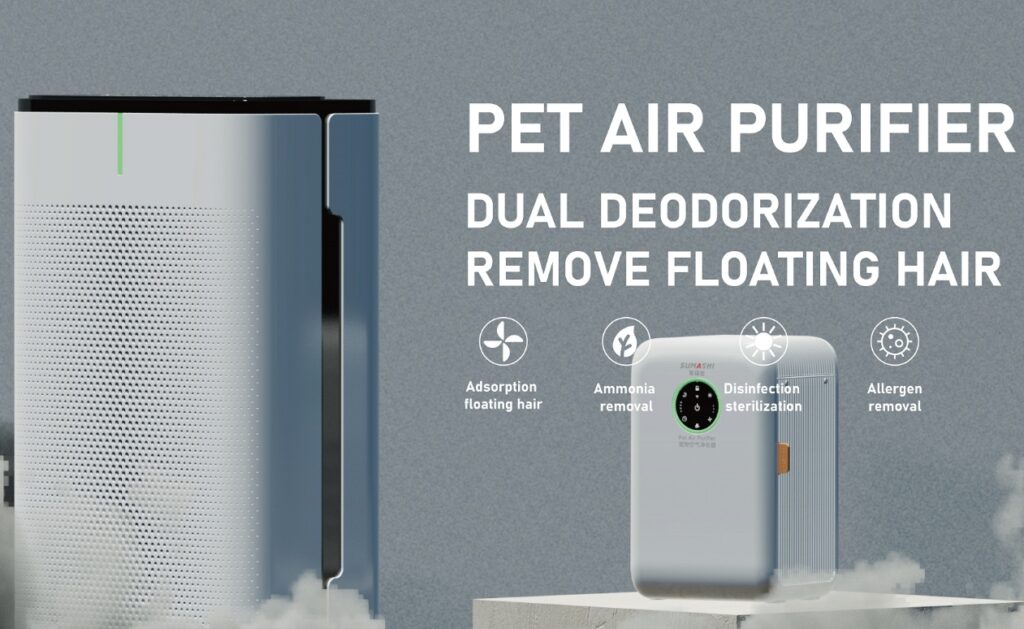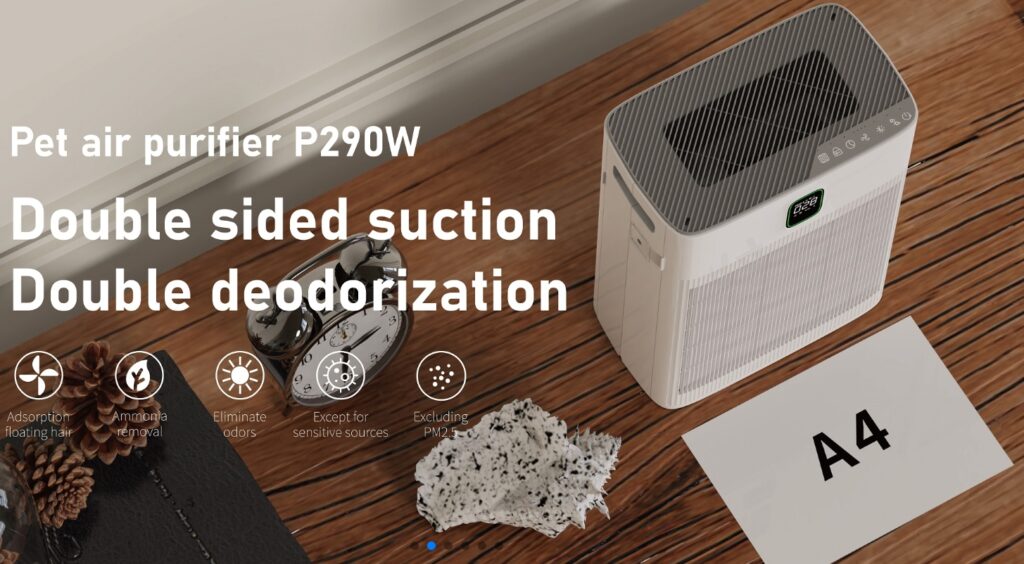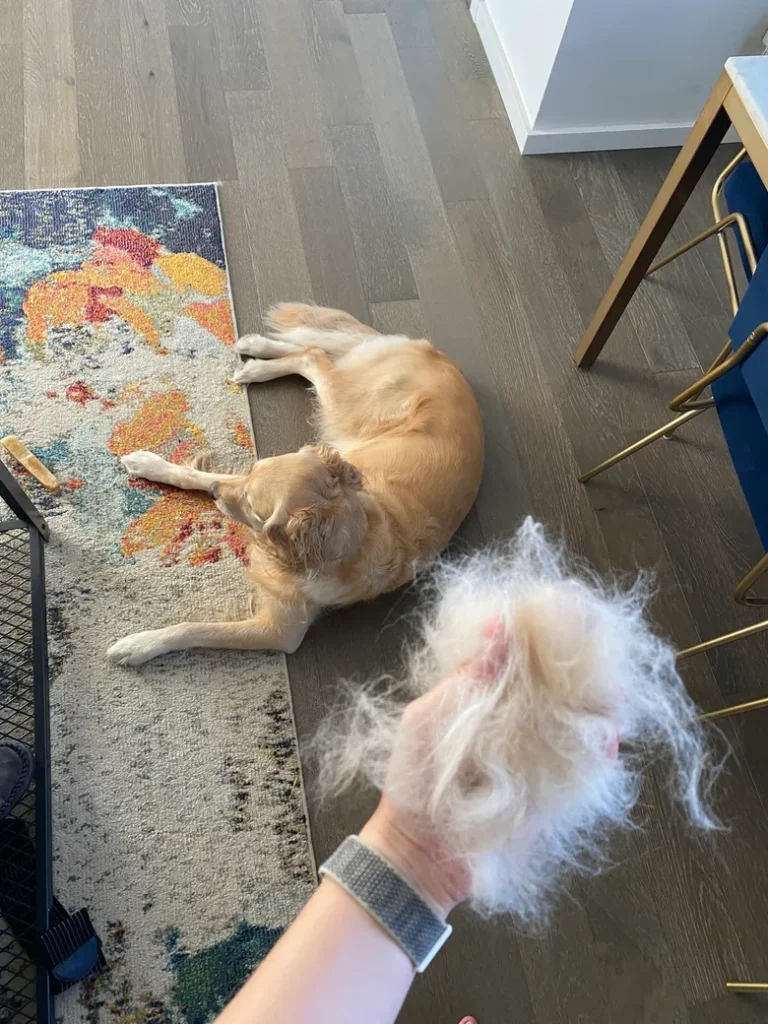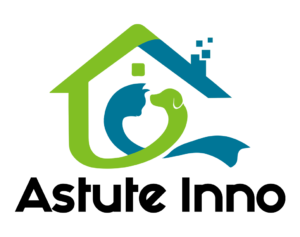Introduction
Air purification isn’t just a trend; it’s an essential part of ensuring health and comfort in our homes. With the growing awareness of indoor air quality, it’s important to consider the different needs of those who share our living spaces—humans and pets alike. Understanding the specific requirements of pet air purifiers versus those designed for humans helps us make more informed choices. This blog dives into these key differences, exploring how targeted solutions can lead to cleaner air for everyone under your roof.
Design Considerations Specific to Pets
 Image courtesy: Unsplash
Image courtesy: Unsplash
When it comes to air purifiers, not all devices are created equal. Pet air purifiers are specifically designed to tackle the unique challenges pet owners face in maintaining a clean air environment at home. Let’s dive into the main design considerations that cater specifically to our furry friends.
Targeted Pollutants and Allergens
Pet air purifiers are crafted with a keen focus on dealing with pollutants and allergens that are generally characteristic of pets. These include:
– Pet Dander and Hair: These are the tiny, even microscopic, skin flakes and hair particles that pets tend to shed. They’re a leading cause of allergies among people who are sensitive to pets.
– Odors: From wet dog smell to cat litter box odors, pet air purifiers are designed to combat these scents using advanced odor-neutralization technologies.
Human air purifiers, on the other hand, prioritize controlling general allergens like pollen, dust, smoke, and airborne pathogens. While effective in their realm, they don’t specifically target the unique challenges presented by pets.
Filtration Technology Adaptations
Pet air purifiers often come equipped with specialized filtration systems:
– Enhanced Filters: These are designed to capture not only common pollutants but also the larger particles like pet hair and dander. They might feature HEPA-grade filters, but often with added layers or elements designed specifically for larger debris.
– Odor Neutralization: These purifiers may include activated carbon filters or other odor-fighting technologies to specifically target and neutralize pet odors such as ammonia or urine smells.
Human purifiers may include standard HEPA filters suitable for capturing smaller particles like dust and pollen, but they might not be as effective in managing the specific challenges posed by pet allergens and odors.
Noise Levels and Pet Comfort
Pets, like humans, enjoy a calm and peaceful environment. Therefore, many pet-specific air purifiers prioritize quiet operation:
– Quieter Designs: These purifiers are often designed to operate with minimal noise, reducing the likelihood of stress or anxiety in pets sensitive to sound.
– Vibration Minimization: Additional design considerations may include minimizing vibrations and disruptive airflow to ensure your pet remains comfortable and relaxed.
While human air purifiers also work quietly, the noise levels and vibrations might not be as finely tuned for the comfort of pets.
Size, Placement, and Mobility
The environment in which you deploy your air purifier makes a significant difference, especially if you own pets. Pet air purifiers are designed with the unique spaces that pets inhabit in mind.
Compact and Portable Designs
Pet areas such as kennels, pet rooms, or even near litter boxes often benefit from purifiers that are:
– Compact and Portable: These devices are usually small and lightweight, making them easy to move around and tuck into tighter spaces where your pets spend the most time.
– Ease of Mobility: The ability to shift the purifier between different pet areas as needed can be an added benefit to maintaining a consistent air quality.
These features differ significantly from human air purifiers that are often larger, as they are designed to cater to more general spaces within the home or office.
Consideration of Pet Safety
Safety is a top priority in the design of pet air purifiers. Here are some key safety features:
– Tamper-Proof Housing: Many pet purifiers have enclosed designs that prevent pets from tampering with the internal components.
– Placement Out-of-Reach: These purifiers are often designed to be installed in locations that are inaccessible to curious pets, safeguarding both the device and your pet from potential hazards.
In contrast, human air purifiers might not have such detailed safety features since adults and older children can generally avoid or resolve tampering risks themselves.
Human Purifiers for General Spaces
While pet purifiers are all about your pet’s space, human air purifiers are crafted with a broader focus:
– Designed for Larger Spaces: These are typically designed to cover more significant, open areas like living rooms or offices and aren’t limited to specific zones.
– General Filter Systems: They include standard filter systems suitable for typical household or office pollutants, not necessarily enhanced for the unique challenges of pet-related pollutants.
Although human purifiers are excellent for maintaining air quality in general spaces, pet air purifiers take the crown when it comes to addressing the specific needs of pet-friendly homes. This tailored approach makes them an essential part of maintaining not only a happy pet but also a comfortable living environment for all family members.
By understanding these unique differences, pet owners can make informed decisions and select an air purifier that best suits their home dynamics and their pet’s needs. With this information, it’s easier to enjoy the best of both worlds: Great air quality that’s tailored to both human and pet needs.
Safety Features

When it comes to air purifiers, ensuring the safety of our furry friends and family members is a top priority. Pet air purifiers and human air purifiers each have unique safety features designed to cater to their specific needs.
Use of Pet-Safe Materials
Pet air purifiers are crafted with your four-legged pals in mind. These devices use materials and coatings that are safe for pets, who might be more curious or sensitive than humans. Since pets may lick, nibble, or paw at new objects, it’s incredibly important that the materials used are non-toxic if ingested or touched. This is one of the critical ways pet-focused air purifiers stand out—you don’t have to worry about your dog or cat playing with a device that could potentially harm them.
Avoidance of Harmful Byproducts
Another concern when selecting an air purifier is whether it produces any harmful byproducts. Some purifiers can release ozone, a compound that can be particularly harmful to pets and small children. Pet air purifiers are specifically designed to avoid creating these potentially dangerous emissions, ensuring a safer breathing environment for your entire household. This feature aligns perfectly with the goals of pet air purifiers: cleaning the air without compromising on the well-being of your family—furry members included.
Child and Pet-Proof Controls
Both pet and human air purifiers often feature child- and pet-proof controls, but this may be especially prioritized in pet air purifiers. Easy-to-tap buttons or tricky switches are a no-go for a device sitting in a pet-friendly home. Instead, these air purifiers often come equipped with lockable panels or controls that are out of easy reach for curious paws and fingers. This helps prevent accidental changes to the settings or even turning the device off completely—because what’s the use of an air purifier that’s been unwittingly deactivated by a nosy cat?
Maintenance and Usability

The best air purifiers are the ones you can rely on without much hassle or confusion. Whether designed for pets or humans, vast differences exist in terms of maintenance and user experience.
Filter Replacement Frequency
Pet air purifiers encounter a different kind of wear and tear compared to their human-focused counterparts. Thanks to the added challenge of pet hair and dander, these devices often require more frequent filter replacements. The types of filters themselves are also adapted to efficiently capture and neutralize the kind of debris and allergens that are especially prevalent in homes with pets. Regular replacement schedules might be more demanding but are crucial for maintaining air quality.
Easy-to-Clean Surfaces
Another bonus of pet air purifiers is their easy-to-clean design. When you have pets, cleaning can sometimes feel like a never-ending task. Therefore, pet air purifiers typically feature surfaces that are not only durable but also easy to wipe down, helping you remove accumulated pet hair or dust without hassle. This thoughtful construction ensures maintaining the purifier doesn’t become yet another chore on your household to-do list.
User-Friendly Features
What really distinguishes pet air purifiers from standard ones are the features that make them user-friendly for pet owners. These devices often come equipped with alerts or even app integrations, allowing you to monitor and manage air quality settings with ease. Imagine getting a smartphone notification when it’s time to change the filter, or using an app to adjust settings even when you’re out. These features make keeping your home’s air clean convenient and straightforward, truly showing the extra mile manufacturers go for pet owners.
Pet owners today seek more than just a device—they’re looking for a smart solution that integrates into their lifestyle efficiently. As market trends continue to evolve, the future of air purification likely lies in personalized, connected, and user-friendly technology designed for everyone’s well-being, pets included.
Understanding these differences not only helps you make a more informed decision but ensures you invest in a cleaner and healthier environment for all your family members, including those wagging their tails or purring contentedly by your side.
Market Trends and Consumer Preferences
 Image courtesy: Unsplash
Image courtesy: Unsplash
When we look at what’s buzzing in the world of air purifiers, one thing’s clear: both human and pet air purifiers are riding the wave of increasing demand. Let’s dive a little deeper into the trends that are shaping consumer preferences in this space.
Increasing Demand
In recent years, there’s been a noticeable uptick in the demand for pet-specific air purification devices. As more people welcome furry friends into their homes, there’s a growing awareness of the unique indoor pollutants generated by pets. Pet owners are keenly aware of the impact that pet dander, fur, and odors can have on air quality, not just for their animal companions but also for themselves. As a result, they’re turning to air purifiers tailored to these specific challenges.
For human air purifiers, the demand is driven by an increased consciousness about general indoor air quality. Factors like pollution, allergens, and the prevalence of airborne pathogens have motivated people to seek solutions that protect their health and comfort. As knowledge about these health concerns spreads, it’s become more common for households to invest in air purifiers designed to tackle everyday pollutants like pollen, dust, and smoke.
Manufacturers have responded to this surge in interest by offering a variety of models and features to cater to both humans and pets. It’s become clear that there’s no one-size-fits-all when it comes to air purification, and the market is adapting accordingly.
Integration with Smart Home Systems
As technology continues to weave its way into every aspect of our lives, it’s no surprise that air purifiers are evolving to fit into the smart home ecosystem. Picture this: a smart air purifier that syncs with your home’s Wi-Fi and can be controlled via your smartphone or a voice command. Sounds fancy, right?
For pet air purifiers, smart integration offers the ability to monitor and adjust the air quality in pet-specific areas remotely. Since pets can’t exactly complain about the air quality, having real-time data and control at your fingertips can be a game-changer for ensuring their comfort and well-being. Users can get alerts about filter replacements, schedule operating times, or even adjust the settings when they’re away from home, ensuring a comfy, healthy environment for their pets at all times.
Human air purifiers benefit greatly from smart home integration as well. They can sync seamlessly with other smart devices like thermostats and humidifiers to optimize the overall indoor atmosphere. With these capabilities, users can set preferences for air cleanliness and adjust settings based on pollution levels or allergy alerts in their area. Moreover, with energy usage tracking and personalized settings, smart human air purifiers contribute to a more efficient and tailored air quality management system.
Thus, the marriage between smart technology and air purification not only heightens convenience but also brings enhanced customization and efficiency to both pet and human air purifiers. As more consumers gravitate towards smart home solutions, the demand for air purifiers that can integrate smoothly into this modern lifestyle is bound to grow. This trend not only highlights the technophile user’s desire for connectivity but also underscores a move towards achieving optimal air quality with minimal effort.
In conclusion, the air purifier market is blossoming with tailored solutions to meet the sophisticated needs of both humans and pets. Whether it’s the increasing focus on targeting specific pollutants or the trend towards smart home integration, the evolution of air purifiers is a testament to our commitment to creating healthier living environments for everyone—whether they walk on two legs or four.
Conclusion
In summary, while both pet and human air purifiers aim to enhance indoor air quality, they each have unique features tailored to their specific users. Pet air purifiers are designed with a focus on capturing pet-specific allergens like dander and odors. They are equipped with advanced filtration and odor neutralization technologies that are sensitive to the nuances of pet-related pollutants. Additionally, their quieter operation and compact, tamper-proof designs cater to the comfort and safety of your furry friends.
On the other hand, human air purifiers generally target a broader range of pollutants such as pollen, dust, and smoke and are often larger and suited for general living spaces.
For pet owners looking into air purification solutions, it’s essential to consider these differences. Choosing a pet-specific air purifier can significantly improve not only your pet’s comfort but also your own air quality, ensuring a healthier and more pleasant living environment for everyone in the household.
Contact info@astuteinno.com for more information about pet air purifier!








